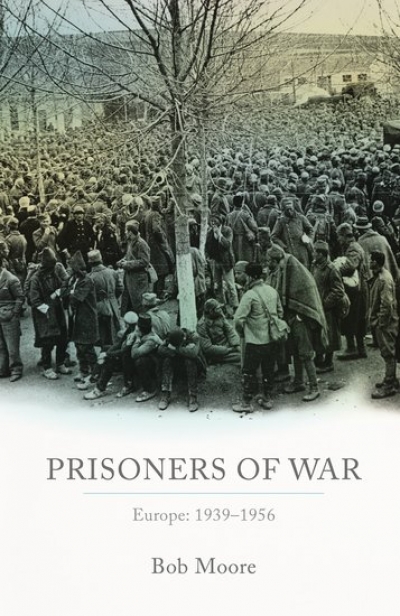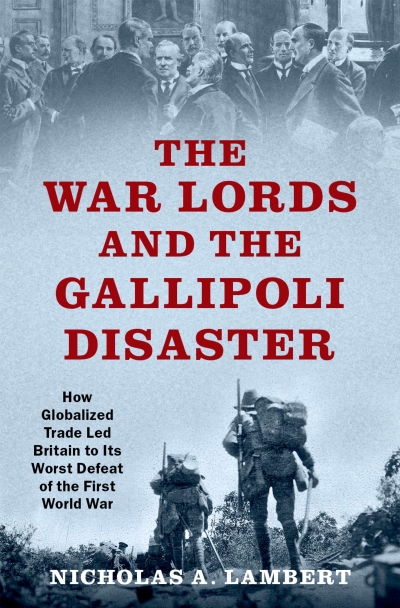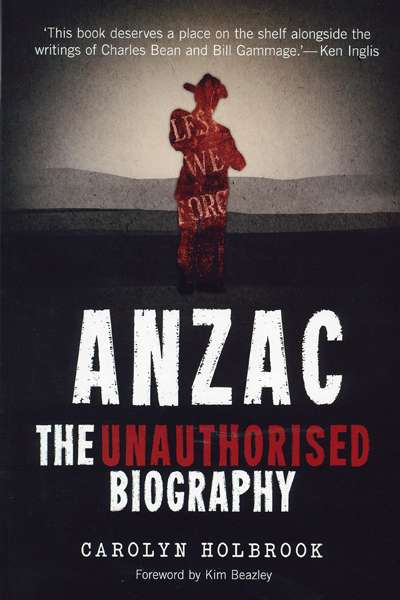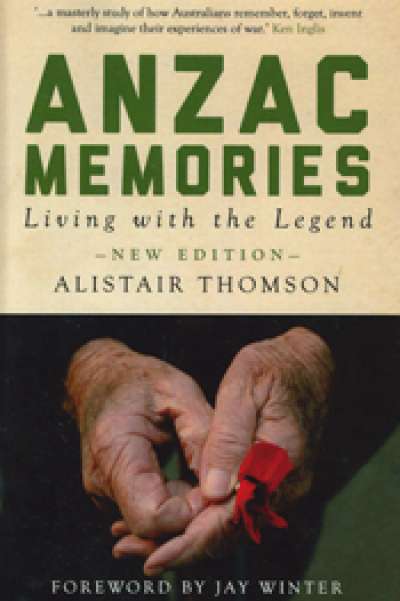Joan Beaumont

Joan Beaumont is Professor Emerita in the Strategic and Defence Studies Centre, Australian National University and author of Broken Nation: Australians in the Great War (2013), joint editor of Serving our Country: Indigenous Australians: War, defence and citizenship (2018), and author of Australia's Great Depression (2022).
In 1976, the Australian government signed an agreement with one of the leading universities in the world, Harvard, to fund a visiting professorial position in Australian Studies. Originally conceived by the government of Gough Whitlam, the gift of US$1 million was a token of Australian goodwill to the United States on the bicentennial celebration of the American Revolution. Its purpose was to pr ... (read more)
The suffering of prisoners of the Japanese dominates many Australians’ memories of World War II. More than 22,000 men and almost forty women were captured in Southeast Asia between 1942 and 1945. About 8,000 of them died. Traditionally this high death rate has been attributed to a mix of Japanese cruelty and their refusal to observe international humanitarian law. The military code of bushidō, ... (read more)
The Gallipoli campaign has a peculiar fascination for historians of World War I. This new book, by British historian Nicholas A. Lambert, is concerned not so much with the conduct of the campaign as with the reasons for its being launched. The chances for its success were known at the time to be low, so why was this gamble, which cost perhaps 130,000 Allied and Ottoman lives, taken?
... (read more)
It seems hard to imagine that we need more books on World War I after the tsunami of publications released during the recent centenary. Yet, here we have a blockbuster, a 926-page tome, Staring at God, by Simon Heffer, a British journalist turned historian in the tradition of Alistair Horne and Max Hastings.
Heffer opens by stating that Staring at God is neither a military history of the war nor ... (read more)
The resurgence of the Anzac legend in the last quarter of the twentieth century took many Australians by surprise. In the aftermath of the Vietnam War, it seemed that the rituals of Anzac Day would wither and fade away as the generations who fought the two world wars died. It proved not to be so. ‘Anzac’, to use the common shorthand, now dominates the national memory of war as strongly as it e ... (read more)
Be warned! The commemorative tsunami is on its way. As James Brown put it recently in Anzac’s Long Shadow (2014), we are now witnessing an Anzac ‘arms race’, as Australians compete to find ‘bigger and better ways to commemorate our sacrificed soldiers’. The bill to the Australian state and federal taxpayers, Brown calculates, will be nearly $325 million. With a further $300 million proje ... (read more)






